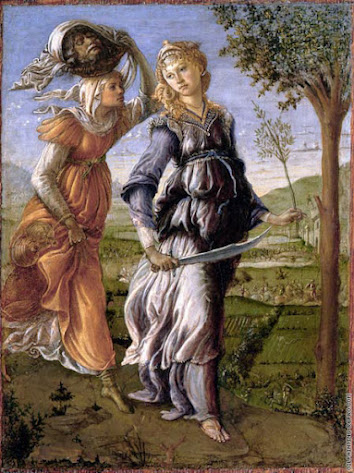Non-Western Art: The Ming Dynasty

Over the course of this class, we have mostly focused on western art. However, today we are going to take a look at some art from a completely different culture and style: the Ming Dynasty of China, which lasted from the mid 1300's to the mid 1600's. Ming dynasty art is among the most prized and sought-after Chinese work, mainly because of its elegance and quality, and because it represents an important time of revival in Chinese culture. This dynasty saw huge advances in skill and craftmanship, with artwork in all areas, including painting, ivory carving, metalwork, textiles, sculpture, pottery, and furniture. ("An Easy Guide To Ming Dynasty Art And Ming Artwork - Marchant Asian Art") Let's take a look at some of the best this time period has to offer! This piece is simply titled, Sutra Box with Dragons Amid Clouds. It is a highly ornate box measuring H. 5 1/2 in.; W. 5 in.; L. 16 in. and was made to hold a sutra, or holy text. It was designed to be used at





